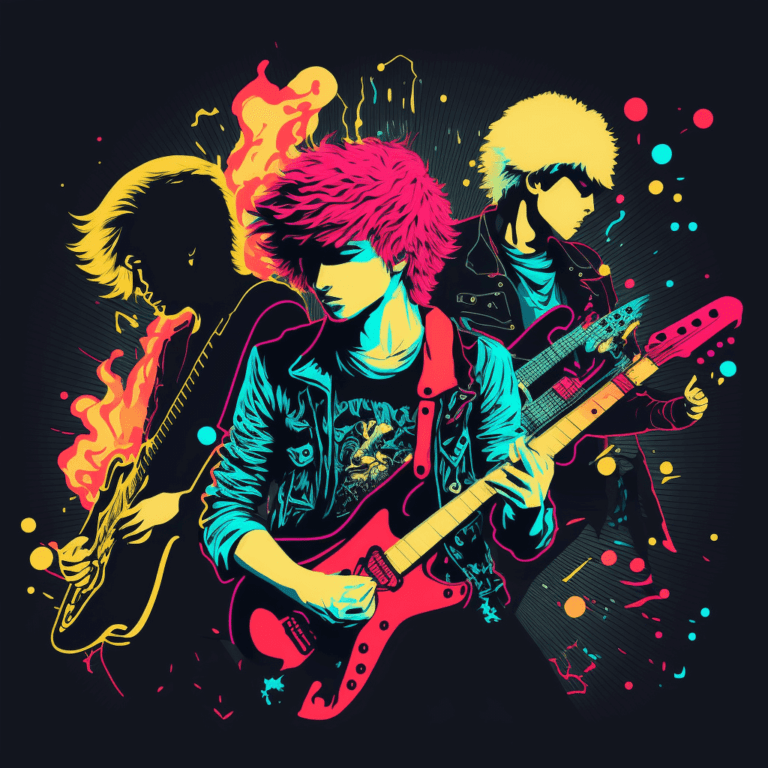Zero-latency monitoring (real-time monitoring in recording)
Recording music is an art that demands precision and creativity. Musicians and producers strive to capture the perfect take, but one significant challenge they face is latency. Latency refers to the slight delay between the input (such as playing an instrument or singing) and the sound coming out of the speakers or headphones. This delay can be distracting and disrupt the creative flow, making it difficult for artists to deliver their best performances.
Thankfully, technology has come to the rescue with a game-changing solution known as “zero-latency monitoring” or “real-time monitoring.” In simple terms, zero-latency monitoring allows musicians to hear themselves in real-time as they perform, without any noticeable delay. It bridges the gap between the musician’s actions and the audio output.
Traditional recording setups often involve routing the audio signal through various hardware and software processes, leading to latency. Imagine playing a guitar and hearing the sound coming out of the speakers a split second later; it can be disorienting and hinder the musician’s ability to stay in sync with the music. But with zero-latency monitoring, the musician hears their instrument directly, just as if they were playing live on stage.
This technology is made possible through advancements in audio interfaces and digital audio workstations (DAWs). Audio interfaces are devices that connect musical instruments and microphones to computers, while DAWs are software applications used for recording, editing, and mixing audio. Together, they minimize the processing time, ensuring that the musician’s performance reaches their ears instantaneously.

So what’s this site all about anyway?
Well, if you ever find yourself needing music for anything – a YouTube video, a podcast, a school project, a presentation, TV commercial or even a film – then browse, preview and download any of our tracks





